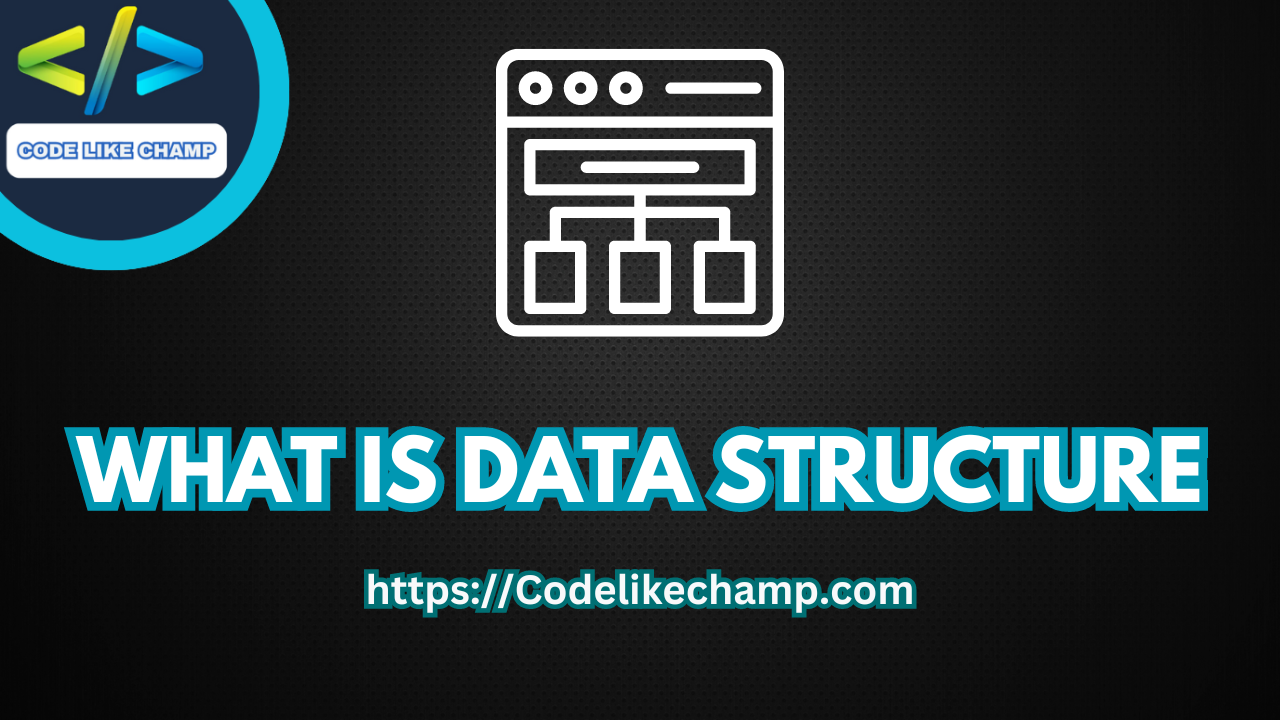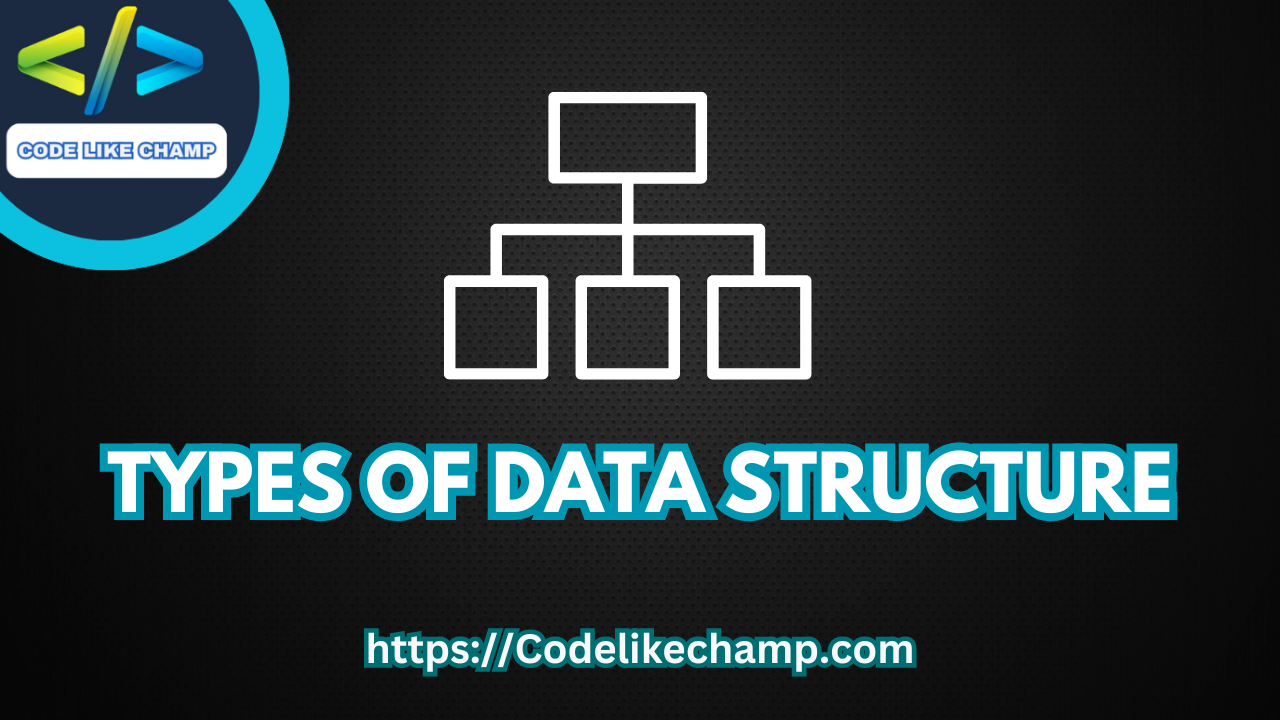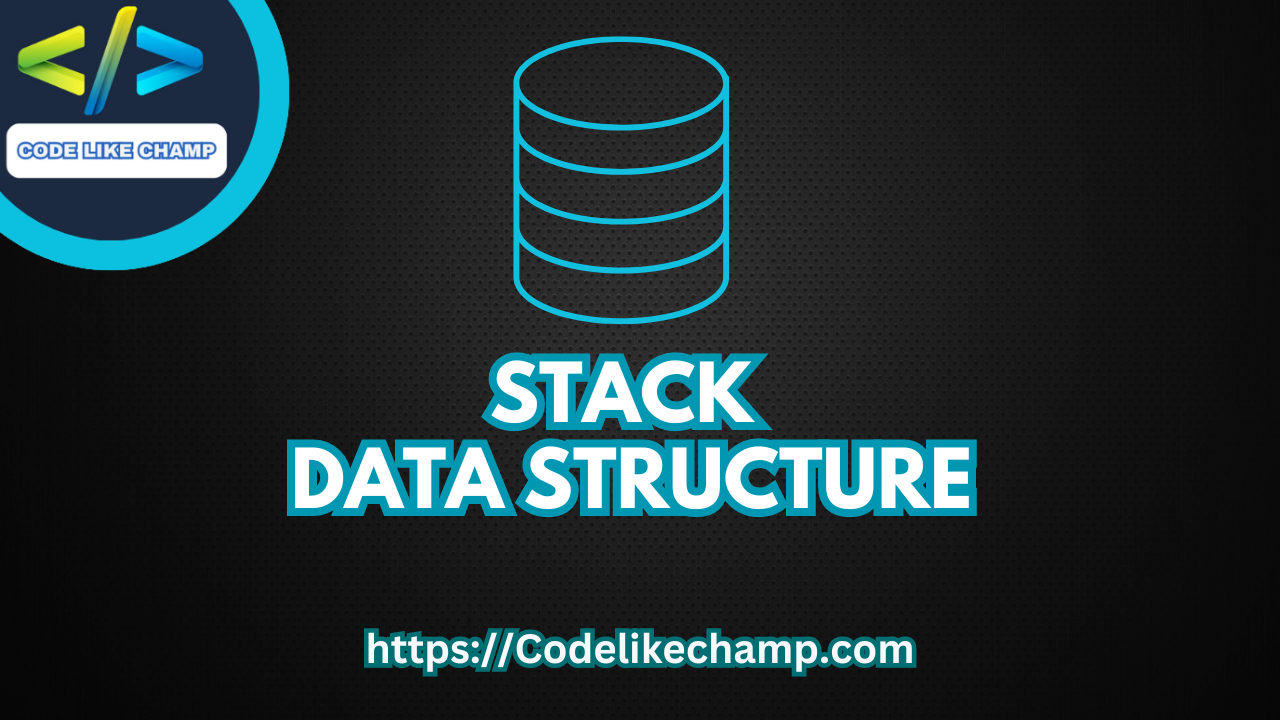Data structures form the bedrock upon which efficient algorithms and programs are built. At its core, a it is a way of organizing and storing data in a computer so that it can be accessed and manipulated efficiently. In this article, we will delve into the intricacies of data structures, exploring their importance, usage, characteristics, types, selection criteria, merits, and demerits, ultimately highlighting the significance of learning data structure in the digital age.

What is Data Structure?
A data structure can be defined as a collection of data values, the relationships among them & functions or operations that can be applied to the data. It provides a means to manage and organize data effectively, enabling efficient storage, retrieval, and manipulation. Data structures are fundamental building blocks in computer programming, serving as the foundation for developing complex algorithms and solving computational problems.

Why are Data Structures Important?
The importance of data structures lies in their ability to optimize the performance of algorithms and applications. By choosing the appropriate data structure for a specific task, developers can significantly enhance the efficiency and scalability of their software. Efficient data structures facilitate faster access to data, reduce memory usage, and enable streamlined operations, thereby improving overall system performance.
How are Data Structure Used?
As Data structures are utilized across various domains, including software development, database management, networking, artificial intelligence, and more. They play a pivotal role in implementing data storage mechanisms, designing algorithms, processing information, and solving computational problems efficiently. From simple arrays and linked lists to complex trees and graphs, data structures are indispensable tools in modern computing.
Characteristics of Data Structure
Key characteristics of data structures include:
- Efficiency: Data structures should enable efficient storage, retrieval, and manipulation of data, minimizing time and space complexity.
- Flexibility: They should accommodate diverse data types and support various operations to cater to different application requirements.
- Scalability: Data structures should scale seamlessly with increasing data volume, ensuring optimal performance even as the dataset grows.
- Ease of Use: They should be intuitive and easy to understand, facilitating straightforward implementation and maintenance by developers.
Types of Data Structures
Data structures can be classified into several categories based on their organization and behavior. Common types include:
- Arrays: Contiguous memory allocation for storing homogeneous data elements.
- Linked Lists: Dynamic data structures composed of nodes linked together by pointers.
- Stacks: Last-in, first-out (LIFO) data structures supporting push and pop operations.
- Queues: First-in, first-out (FIFO) data structures supporting enqueue and dequeue operations.
- Trees: Hierarchical data structures with nodes organized in a branching structure.
- Graphs: Non-linear data structures comprising nodes and edges representing relationships between entities.
- Hash Tables: Data structures that store key-value pairs for efficient retrieval based on hash functions.
How to Choose a Data Structure
Selecting the right data structure depends on various factors, including:
- Data Characteristics: Analyze the type, size, and organization of the data to determine the most suitable data structure.
- Operations: Let Consider the operations (e.g., insertion, deletion, search) that need to be performed on the data and choose a data structure that facilitates these operations efficiently.
- Memory and Performance Constraints: Evaluate memory usage and performance requirements to select a data structure that optimizes both space and time complexity.
- Application Context: Understand the specific requirements and constraints of the application to choose a data structure that aligns with its objectives and usage scenarios.

Merits and Demerits
While data structures offer numerous benefits, they also have certain limitations:
Merits:
- Facilitate efficient data management and manipulation.
- Improve algorithmic efficiency and performance.
- Enable scalability and adaptability to changing requirements.
- Enhance code readability and maintainability.
- Foster reusability and modularity in software design.
Demerits:
- Increased complexity in implementation and understanding.
- Potential overhead in terms of memory and processing resources.
- Limited suitability for certain types of data or operations.
- Require careful consideration and selection to avoid inefficiencies.
Why Should We Learn Data Structures?
Learning data structures is essential for aspiring software developers and computer scientists due to the following reasons:
- Foundation of Computer Science: Data structures form the foundation of various computational concepts and algorithms, serving as fundamental knowledge in computer science education.
- Problem-Solving Skills: Proficiency in data structures equips individuals with the ability to solve complex problems efficiently by selecting and implementing appropriate data structures and algorithms.
- Career Advancement: By Understanding data structures enhances career prospects in software development, data analysis, artificial intelligence, and other technology-related fields, as it is a fundamental skill sought after by employers.
- Optimized Software Development: Mastery of data structures enables developers to design and implement efficient, scalable, and robust software solutions that meet the demands of modern computing environments.
Conclusion
In conclusion, data structures are indispensable components of computer science and software engineering, playing a crucial role in organizing, managing, and manipulating data effectively. Understanding the importance, usage, characteristics, types, selection criteria, merits, and demerits of data structures is essential for aspiring and seasoned professionals alike. By mastering data structures, individuals can unlock new opportunities for innovation, problem-solving, and career advancement in the rapidly evolving landscape of technology.
For more Visit my site Codelikechamp.com




